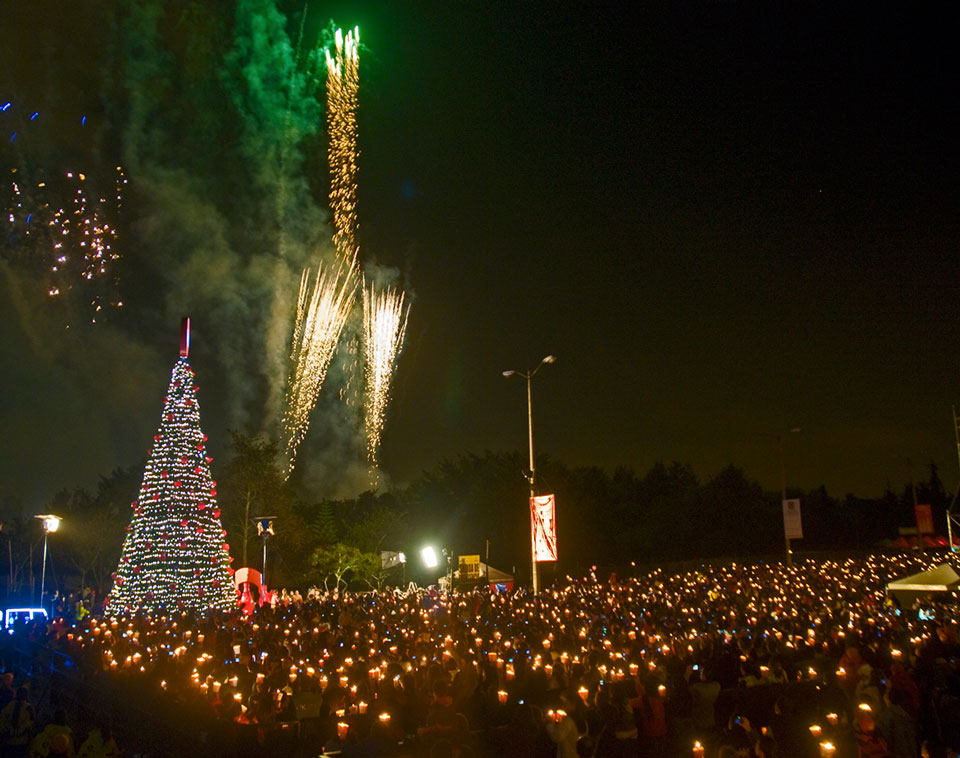A Walk Among the Tombstones
3.5 stars
In A Walk Among the Tombstones, Liam Neeson returns to the familiar acting terrain of his hugely successful Taken franchise, once again reprising his role as a gruff angel of vengeance; though the similarities with that particular movie end there.
Whereas in the Taken films Neeson played a seemingly invincible one-man killing machine, in this latest thriller he provides a much weightier screen presence as Matthew Scudder, an ex-cop turned private investigator who is hired by a drug dealer to track down those responsible for kidnapping and sadistically murdering his wife. Unlike Taken, the viewer is then plunged into an altogether darker, grittier world of psychopaths, snuff movies and corrupt souls.
With impressive economy and skill, the film’s opening credits and early sequences not only establish the nasty modus operandi of the film’s twisted kidnappers, but also the back-story of Neeson’s character. Such directorial confidence is found throughout the movie and marks this film out from the majority of mindless action-thrillers found in the multiplexes these days.
Yet, the film´s intelligent direction and suspenseful plot line do not completely succeed in rescuing A Walk Among the Tombstones from its film-noir thriller clichés: rain-drenched night scenes in empty city streets, a world-weary detective complete with iconic trench coat and referential dialogue about what constitutes an appropriate-sounding detective name place us firmly in Raymond Chandler´s world of the lone private eye.
An engaging movie which wears its film-noir influences on its blood-spattered sleeve, A Walk Among the Tombstones is a smart, if slightly unoriginal, thriller worthy of a walk among the cinema aisles.
 The Hunger Games: Mockingjay- Part 1
The Hunger Games: Mockingjay- Part 1
4 stars
In the latest movie instalment of The Hunger Games, Katniss has escaped the arena of death and is encamped deep in the bunkers of District 13. The Capitol has waged full-on war on the districts, decimating her home of District 12.
The Hunger Games thus moves into the final book of the trilogy(split into two films), in which war, civilian massacres, wealth inequality, and oppressive murderous tyrants are all themes which the young adult audience must try to comprehend. Difficult topics indeed for Hollywood.
Of course, the scope of such a film has to be contained, and most of the action therefore revolves around Katniss’ dilemma about whether she wants to be the pin-up girl of the revolution and how she will deal with the ‘mind games’ of President Snow, which are a bit silly. He drops flowers as a warning? I’d have thought the politicide of thousands would be enough for her to think he was a really, really bad guy.
The result is a thrilling journey involving as much politicking as it does action sequences. Heavyweight actors like Philip Seymour Hoffman, Julianne Moore, and Woody Harrelson are cast brilliantly and the story is extremely engaging. However, themes like the importance of ‘montages’ to a revolution and Katniss’ insistence that Peeta’s safety be paramount are surely secondary issues compared to the piles of dead bodies everywhere and the decimated hospitals of war.
As dystopian fiction for teens go, I think interesting questions are raised. Should we allow huge wealth inequality to characterise the 21st century? Does the media have the power to drive revolution, and to what extent is it biased and compromised? These are pressing issues, and especially in Colombia. Walking out of the cinema in Andino surrounded by opulent Christmas decorations does give you a pang of self-awareness at which side of the fence you would be living on in this fictional world. As a fan of the books, I found the adaptation very faithful, and I will certainly be checking in for the finale.
By Duncan Hall & Robin Davies





